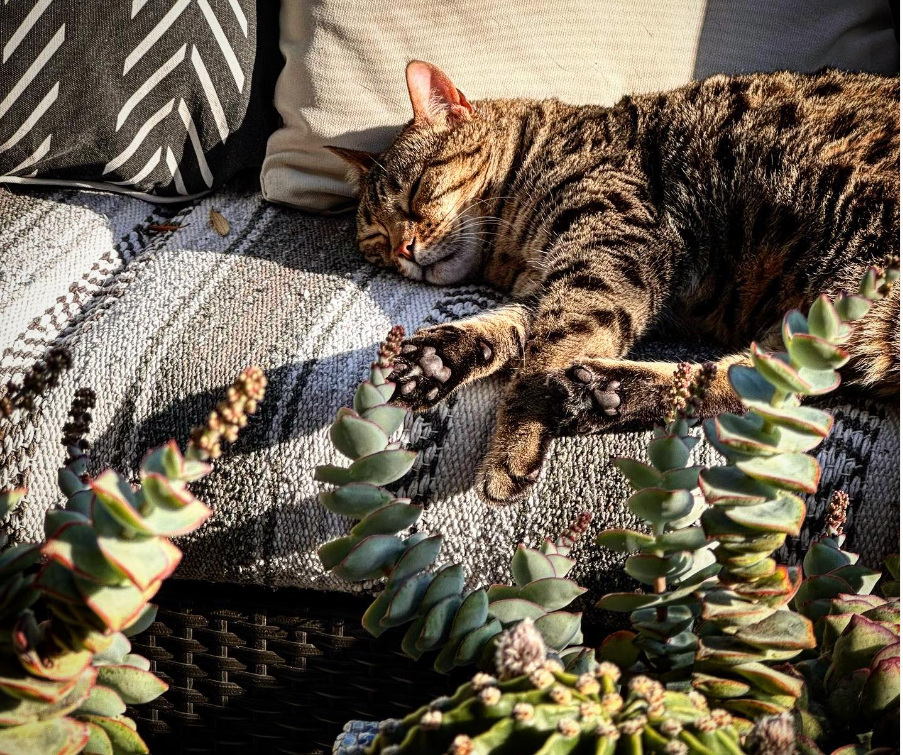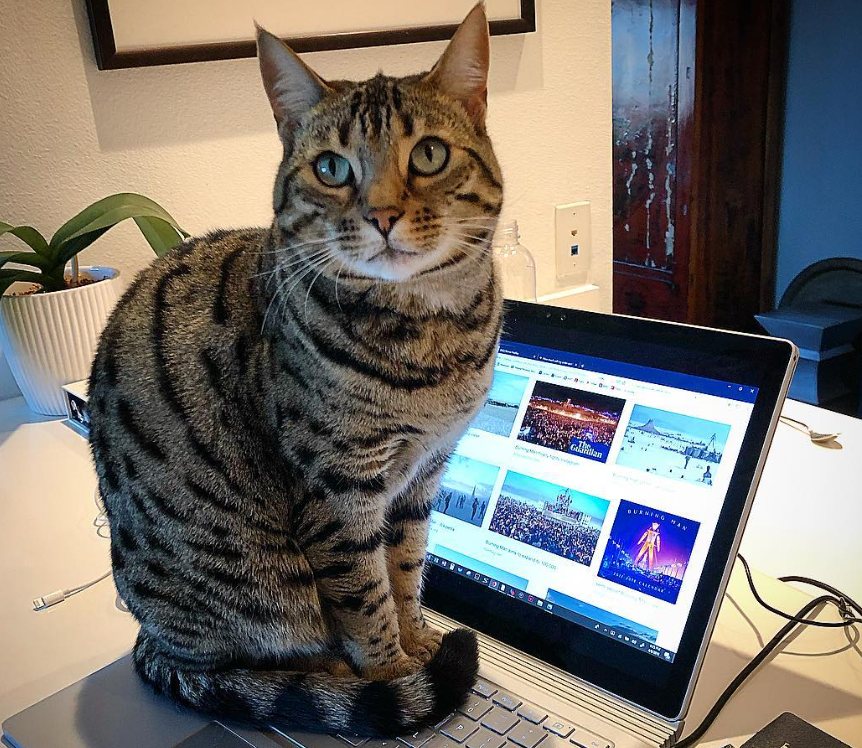As a cat lover, I have always been fascinated by the Bengal cat breed. These cats are known for their unique coat patterns, playfulness, and intelligence.
However, there have been some concerns raised about their temperament, with some people wondering if Bengal cats are more aggressive than other breeds.

Having been around cats for half of my life, I know that every cat, regardless of breed, has its own personality and temperament.
While some Bengal cats may be more aggressive than others, this is not a trait that is inherent in the breed.
In fact, according to a survey of Bengal cat owners, only 16.6% of Bengals showed aggression towards other animals. This is a relatively low percentage, and it suggests that Bengal cats are not inherently aggressive.
That being said, there are certain factors that can contribute to a cat’s aggression, regardless of breed.
For example, cats that are not spayed or neutered may be more territorial and aggressive.
Aggression can also happen with cats that are sick or in pain; they’re more likely to lash out.
Understanding Their Behavior

In this section, I will discuss some of the factors that influence Bengal cat behavior, including their wild ancestry, socialization needs, and tendencies towards play and territorial aggression.
1. The Influence of Wild Ancestry on Bengal Cats
Bengal cats were originally bred from the Asian leopard cat, which is a wild cat species. As a result, Bengal cats have retained some of the wild characteristics of their ancestors, including their love for climbing, hunting, and exploring.
This means that Bengal cats require a lot of stimulation and playtime to keep them happy and healthy. They also have a strong prey drive, which can sometimes lead to play aggression.
2. Bengal Socialization and Interaction Needs
Socialization is critical for all cats, but especially for Bengal cats. These cats require a lot of interaction with their owners and other pets to prevent them from becoming bored and destructive.
They are also very social animals, and they thrive on human interaction. Without proper socialization, Bengal cats can become shy, anxious, or even aggressive towards humans and other animals.
3. Recognizing Play Aggression and Territorial Tendencies
Bengal cats are known for their playfulness but sometimes their play can turn into aggression.
Recognizing the signs of play aggression, such as biting and scratching is essential so you can redirect their energy towards appropriate toys and activities.
These amazing felines can be territorial, which means that they may become aggressive towards other cats or animals that they perceive as a threat to their territory.
The Importance of Play and Exercise

Bengal cats are known for their high energy, and they require a lot of playtime and exercise to stay healthy and happy.
Interactive toys, such as puzzle feeders and wand toys, can provide mental stimulation and help burn off excess energy. Regular playtime can also help prevent destructive behavior and aggression.
In addition to playtime, these lines also need regular exercise.
Taking your cat for walks on a harness or leash is an excellent way to provide exercise and mental stimulation. But first, please ensure your cat is comfortable with the harness and leash and that you’ve properly trained them for weeks (or months) before taking them outside for their first walk!
Training and Managing Aggressive Tendencies
While these cats are not more aggressive than any other breed, they can exhibit aggressive tendencies if not trained and managed properly.
It’s essential to socialize your Bengal cat from a young age and expose them to different people, animals, and environments to prevent aggression.
Training your Bengal cat to respond to commands and rewarding good behavior can also help manage aggressive tendencies.
If your cat shows signs of aggression, such as hissing or biting, you should address the behavior immediately and seek professional help if necessary.
Creating a Happy and Healthy Environment

Creating a happy and healthy environment for your Bengal cat involves more than just playtime and training.
Prove your kitty with a comfortable and safe living space that meets their physical and emotional needs. Interacting with them daily is a must, not an option.
Providing mental stimulation, such as hiding treats around the house or playing with interactive toys, can also help keep your cat happy and healthy.
Do Bengal cats display aggression towards other household pets?
As with any other cat breed, Bengal cats may display aggression towards other household pets, especially if they are not well-socialized.
According to Pet Creeks, poor socialization is one of the main reasons why Bengal cats become too aggressive as they age.
Are there specific triggers that may cause a Bengal cat to become aggressive?
Yes, there are specific triggers that may cause a Bengal cat to become aggressive.
Some of the common triggers that may cause a Bengal cat to become aggressive include loud noises, sudden movements, and unfamiliar people or pets. Not all Bengal cats will react the same way to these triggers and some may be more sensitive than others.
